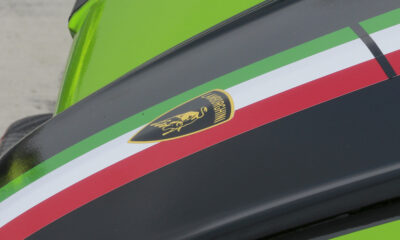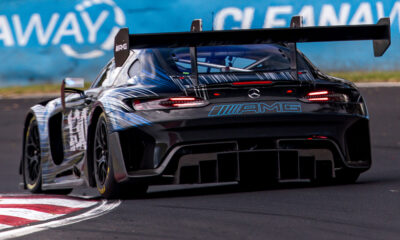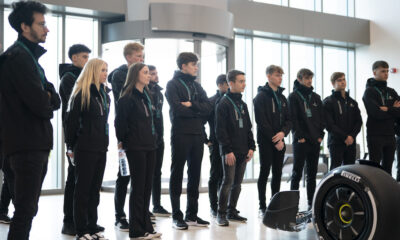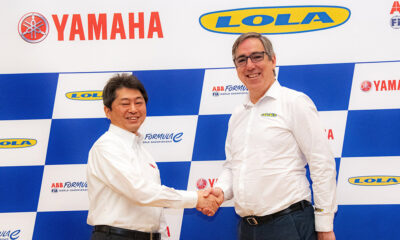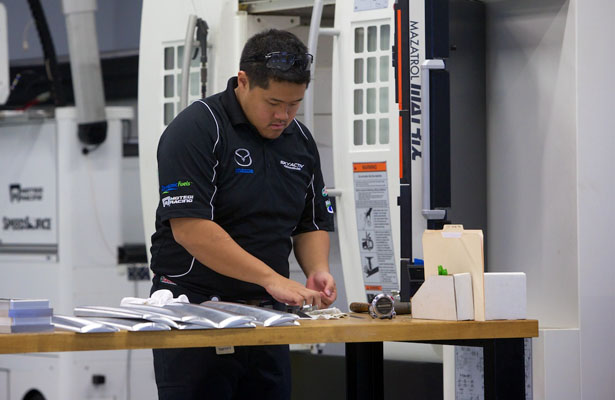
Photo: John Dagys
While a look through the TUDOR United SportsCar Championship paddock reveals a diverse array of cars, there are surprisingly only a handful of teams undergoing active in-house development programs today.
SpeedSource has been one of those operations, having been tasked with turning a production-based clean diesel engine into an eventual championship contender in what’s typically been a playground for conventional prototype technology.
In order to succeed on the track, any team needs a strong engineering department and the South Florida-based organization is no exception, with SpeedSource boasting the technical resources to design and build a complete race car from the ground up.
“It’s one of those things that either attracts people or scares people away,” SpeedSource Director of Engineering Marcus Shen told Sportscar365. “I think that the people that are in this building are here because they want to be part of something groundbreaking.
“There’s no doubt there’s many other motorsports jobs out there, but I don’t think anybody out there is doing the amount of development and hands-on type of work that we’re doing.”
Proof of that came with the Mazda6 GX program last year, which saw the SKYACTIV-D-powered cars designed, built and developed entirely in-house.
SpeedSource’s 50,000 sq. ft. facility includes three CNC machines, engine and chassis dynos, as well as a state-of-the-art engineering office.
“We’re able to do the machining on one side, build the engines in another corner and build the chassis on the other side of the wall and do a lot of the bodywork fitment,” Shen said.
“It’s really a one-stop, all-encompassing facility. Having that capability is definitely useful.”
The latest project with the Lola-based Mazda prototypes has seen SpeedSource work hand-in-hand with chassis partner Multmatic on refining the package with the 2.2-liter four-cylinder SKYACTIV-D turbo, the first-ever diesel powerplant to be used in a LMP2 car.
With the goal of optimizing cooling, numerous developments have been made over the course of the season, including the design and build of a new intercooler, scoops and air ducts.
The team has also relied heavily on CFD and simulation to validate new components before reaching production.
“The P2 car has to come together with a lot more integration than a GT car, where you can [try] different parts,” explained Zach Lagrone, engineer for the No. 07 Mazda. “We’ve done a lot of simulation in-house prior to taking delivery of the cars, to work on the integration with Multimatic.
“When everything’s so tightly packaged, the whole car is one really big system. Simulation is definitely important to make sure you get all of the pieces right.
“As we’ve improved the reliability and also the power output of the engine, we’ve been able to focus more on the chassis side. That’s where the lap simulations have been really effective. We can do a bunch of stuff here and cut down what we have to try at the track.”
SpeedSource also plays an active role in helping foster new engineering talent, as both Shen and Lagrone are graduates of Formula SAE.
“I was probably one of the first Formula SAE kids that they hired,” said Shen, who joined SpeedSource as their first full-time engineer in 2008. “The classroom knowledge is good and having the degree is fine.
“But I feel there’s a big disconnect between kids that come out of school with a mechanical engineering degree and kids that come out with mechanical engineering with four years of Formula SAE experience.
“You need the classroom experience but they can’t teach you how to use it in the real world. The only way you really learn is that you’ve got to design it, built it, break it and re-design it.”
As the team takes on more advanced projects, the staff continues to grow, with Shen anticipating an additional engineering hire in the not-too-distant future.
“We’re continually growing our staff in all areas, whether it’d be from the techs to the engine guys, fabricators to the engineering staff,” he said. “To build the program as Sylvain envisions it, you need qualified and talented people.
“They’re bringing in different skill sets, whether it’d be race engineering, design engineering, analysis, simulation. Everybody brings a different specialty area but collectively that will make engineering, as a whole, stronger for the company.”




















